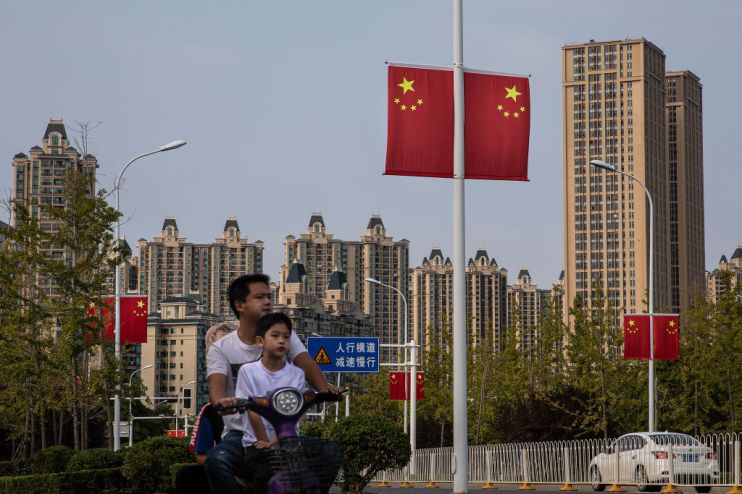China’s factory activity unexpectedly shrinks in May, puts economic recovery at risk

China’s manufacturing activity unexpectedly contracted in May, adding pressure on policymakers in the world’s No. 2 economy, already grappling with a prolonged economic crisis marked by a property downturn and high unemployment.
The National Bureau of Statistics (NBS) reported that the official purchasing managers’ index (PMI) dropped to 49.5 in May, missing expectations and reversing the growth seen in April and March. A PMI reading below 50 indicates a contraction compared to the previous month.
“The sizeable drop in the official PMIs this month suggests that the recovery has lost some momentum. We think a step-up in fiscal support and new property stimulus will spur a renewed pick-up over the coming months. But this may not be sustained for long given the structural challenges facing the economy,” said Zichun Huang, China Economist at Capital Economics.
China’s government has been emphasizing the importance of promoting high-value manufacturing as it navigates through an economic landscape characterized by a slowdown in the property sector and subdued consumer demand.
Despite setting a growth target of 5 per cent for the year, Beijing introduced new measures in May to support the struggling real estate market. The International Monetary Fund (IMF) has adjusted its economic growth forecast for China upwards to 5 per cent for the year, following a strong performance in the first quarter.
Still, the challenges in the property sector have had far-reaching effects across various sectors of the Chinese economy, hampering efforts to transition towards a growth model driven by domestic consumption rather than debt-driven investment.
Although China implemented significant measures to stabilize the property market, analysts remain doubtful about their effectiveness in ensuring a sustainable recovery.
On a positive note, the services sub-index within the NBS non-manufacturing survey showed improvement in May, indicating a slight uptick from April. However, broader services growth, which also encompasses construction, experienced a slight slowdown during the same period.
“It is usually advisable not to overly rely on survey data as it can be fickle. Nonetheless, today’s PMI disappointments may send a warning sign for growth. This is especially the case as industrial activity has been the primary source of strength in the first four months of the year amid weaker-than-expected retail sales,” said Lynn Song, Chief Economist, Greater China at ING.
“If the hard data for industrial activity indeed confirms a slowdown, there could be increased urgency to expedite the rollout of trade-in policies and other policies to support consumption and investment to keep the economy on track to reach its 5 per cent growth target this year,” Song added.